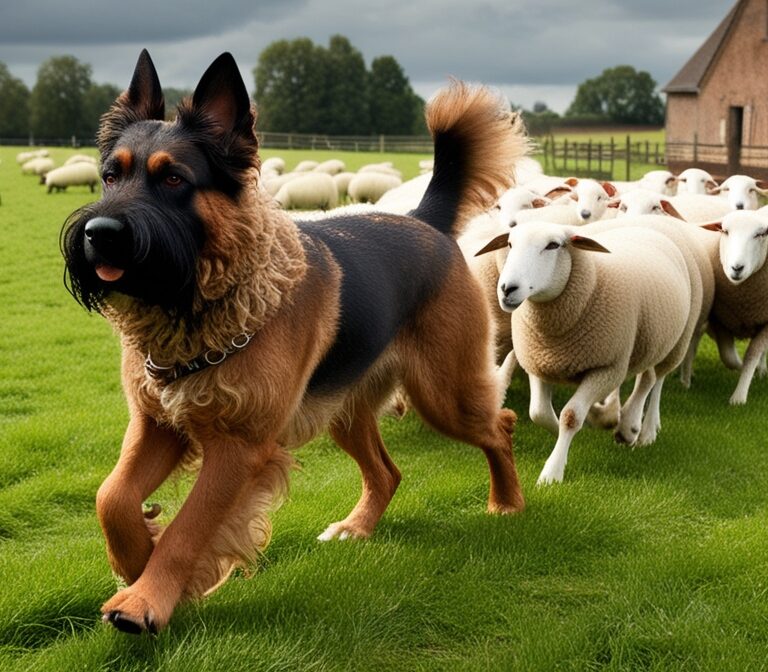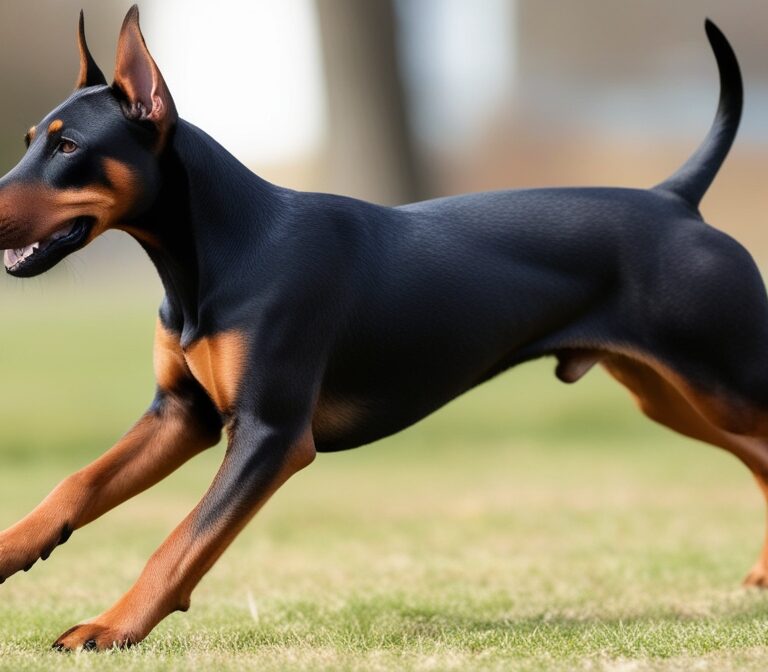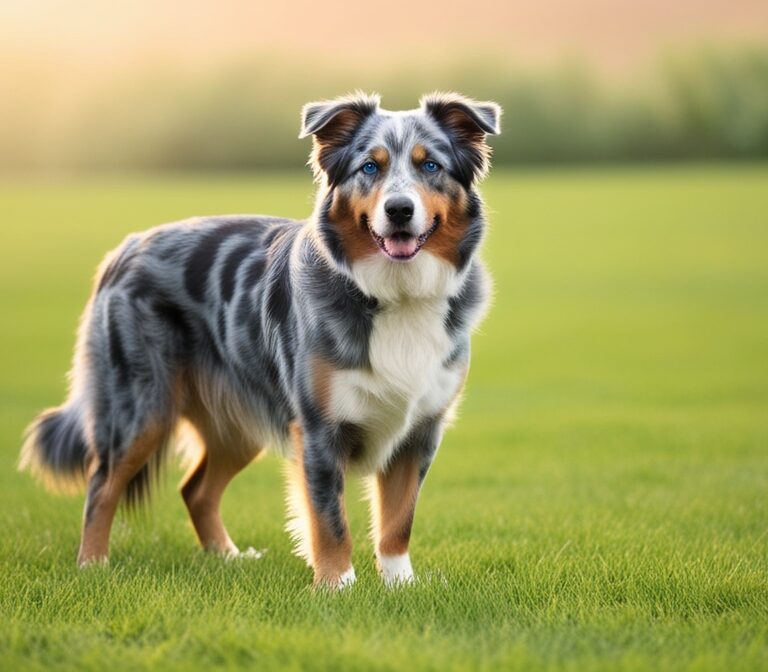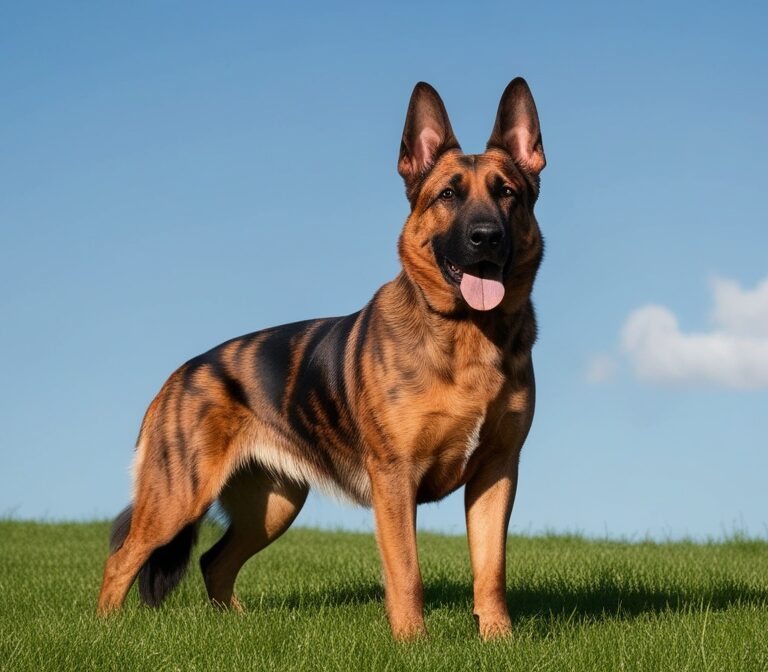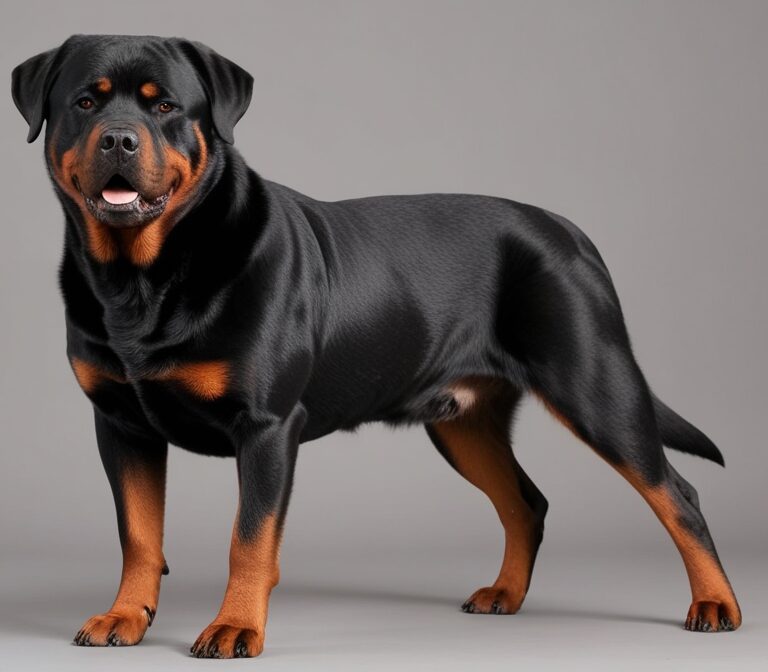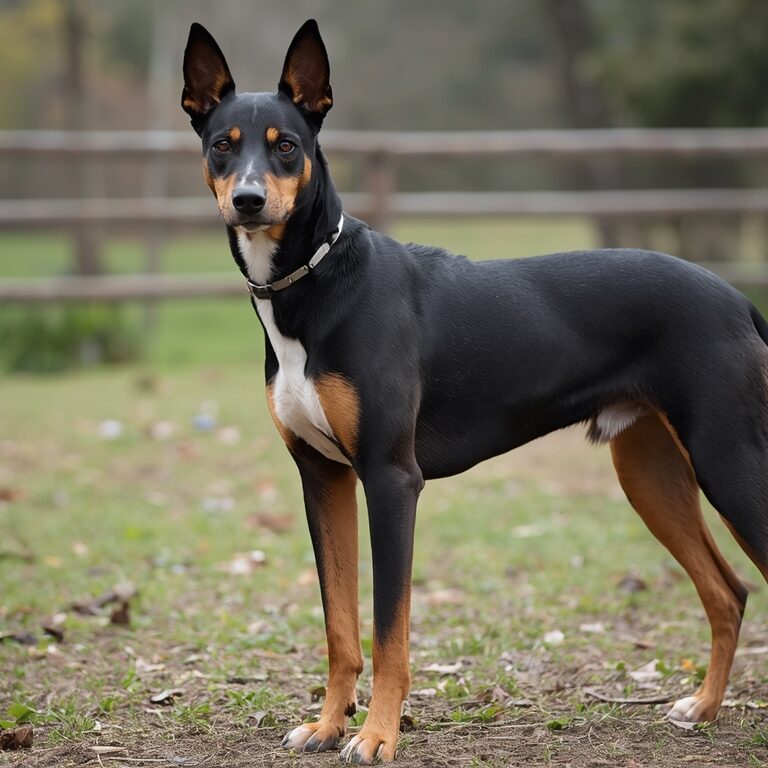Dogo Argentino: Complete Breed Guide to the Argentine Mastiff
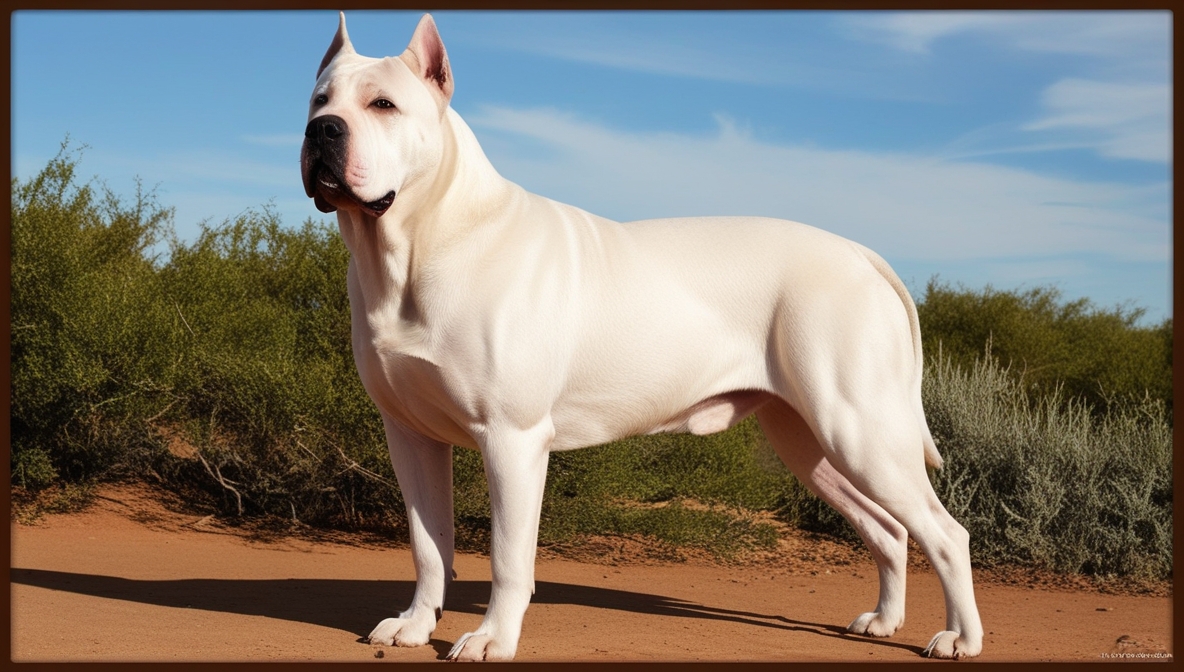
Introduction to the Dogo Argentino
The Dogo Argentino, often referred to as the Argentine Mastiff, is a powerful and athletic dog breed developed in Argentina during the early 20th century. Recognized for its muscular build, pure white coat, and courageous temperament, this breed has earned a global reputation as both a hunting dog and a loyal family companion.
Unlike many modern breeds that were shaped primarily for aesthetics, the Dogo Argentino was designed with purpose and performance in mind. Its creators, led by Dr. Antonio Nores Martínez, sought to engineer a versatile canine capable of pursuing dangerous big game animals such as wild boar, puma, and jaguar while still being affectionate enough to live harmoniously with families.
The Dogo Argentino stands out among large working breeds due to its combination of strength, intelligence, and resilience. It carries a calm demeanor indoors but thrives when given tasks, training, or challenging outdoor activities. While many people initially notice its intimidating appearance, experienced owners emphasize that its true nature is affectionate, loyal, and protective.
Today, the breed is recognized by several major kennel organizations, including the American Kennel Club (AKC) and the Fédération Cynologique Internationale (FCI). However, it remains a subject of debate in some regions due to breed-specific legislation (BSL), which unfairly groups it with other so-called “dangerous breeds.” Despite this stigma, responsible ownership, early training, and proper socialization consistently reveal the breed’s balanced temperament.
For anyone considering this breed, it is essential to understand its history, purpose, characteristics, and needs. The Dogo Argentino is not just another large dog—it is a working guardian with deep cultural roots in Argentina, designed for demanding roles but equally capable of becoming a devoted household protector.
In this article, we will explore every aspect of the Dogo Argentino, from its origin and development to its care requirements, legal considerations, and comparisons with similar breeds. By the end, you’ll gain a clear and comprehensive understanding of whether the Dogo Argentino is the right dog for you.
History and Origin of the Breed
The Dogo Argentino traces its roots back to Córdoba, Argentina, where it was carefully developed in the 1920s by Dr. Antonio Nores Martínez, a physician and passionate dog breeder. His goal was to create a breed that combined strength, endurance, and loyalty while retaining a temperament suitable for companionship.
Dr. Martínez began with the now-extinct Cordoba Fighting Dog, a ferocious breed used in dog fights at the time. However, he wanted to eliminate the aggression that made the Cordoba unsuitable as a family pet while preserving its athleticism and determination. To achieve this, he crossbred the Cordoba with several other breeds, including the Great Dane, Boxer, Bulldog, Bull Terrier, Pyrenean Mastiff, Irish Wolfhound, and Spanish Mastiff. Each cross was deliberate, adding desired traits like size, scenting ability, stamina, and courage.
The resulting dog—the Dogo Argentino—was a large, white-coated hunting dog capable of tracking and taking down dangerous prey such as wild boar and pumas. Unlike many hunting dogs bred solely for tracking, the Dogo was designed to engage prey physically, relying on its incredible jaw strength, lung capacity, and pack mentality.
The breed’s reputation grew quickly in Argentina, where it became known as the ideal hunting and guardian dog. Over time, the Dogo Argentino also gained recognition beyond South America, attracting enthusiasts in Europe and North America. Its introduction to the United States eventually led to recognition by the United Kennel Club (UKC) and later by the American Kennel Club (AKC) in 2020, making it an officially recognized breed in the working group.
Despite its hunting origins, the breed was always envisioned as a dual-purpose dog—capable of guarding homes and living alongside families. This versatility remains one of its defining traits today.
The story of the Dogo Argentino is not just about the creation of a dog—it is about a nation’s cultural heritage. In Argentina, the breed is celebrated as a national treasure, representing both the ingenuity of its creator and the spirit of a people who value courage, loyalty, and resilience.
Purpose of the Dogo Argentino
The primary purpose of the Dogo Argentino was hunting big game animals in the rugged landscapes of Argentina. Unlike most dog breeds that evolved for either herding, guarding, or companionship, the Dogo was intentionally designed as a multifunctional working dog capable of excelling in extreme situations.
Dr. Antonio Nores Martínez wanted a breed that could handle the dangerous and physically demanding sport of boar hunting. Wild boars in South America are notoriously aggressive, weighing up to 100 kilograms (220 pounds), and hunters required a dog that could not only track the scent of the prey but also grapple with it until hunters arrived. The Dogo’s powerful jaw structure, muscular chest, and high stamina made it the perfect canine partner for this task.
Beyond boar, the Dogo Argentino was also bred to pursue pumas and jaguars—two apex predators capable of killing livestock and threatening rural communities. Unlike scent hounds that primarily locate prey, the Dogo was expected to confront, engage, and hold large animals without fear. This hunting role demanded not just physical ability but also a pack-oriented temperament, allowing multiple Dogos to work together seamlessly.
As Argentina modernized, the need for traditional big game hunting declined, but the breed’s protective instincts and loyalty ensured its continued popularity. Many families began keeping Dogos as guard dogs, valuing their intimidating appearance and natural protective nature. Despite their guardian role, they were bred to be affectionate toward their families, striking a rare balance between fierce protector and gentle companion.
Today, the Dogo Argentino still serves as a hunting dog in rural Argentina, but its role has expanded globally. In North America and Europe, Dogos are frequently kept as family guardians, sport dogs, and working animals in search and rescue or police work. Their versatility reflects the foresight of their creators: a dog that can adapt to multiple roles while retaining its core identity as a fearless hunter and loyal protector.
The breed’s purpose has evolved, but its essence remains unchanged: strength, courage, and devotion in service of its human companions.
Recognition by Kennel Clubs
For much of the 20th century, the Dogo Argentino remained a regional treasure in Argentina, celebrated by hunters and farmers but largely unknown abroad. However, as enthusiasts began exporting the breed to Europe and North America, international recognition followed.
The Fédération Cynologique Internationale (FCI), the world’s largest federation of kennel clubs, was among the first to officially recognize the Dogo Argentino in 1973. This was a milestone that established international breed standards, ensuring consistent breeding practices and protecting the integrity of the dog’s lineage.
In the United States, the breed’s journey toward recognition was slower. Initially registered with the United Kennel Club (UKC), the Dogo Argentino was acknowledged for its working dog capabilities. However, gaining entry into the American Kennel Club (AKC) took decades of advocacy from breeders and enthusiasts. Finally, in January 2020, the AKC granted full recognition to the Dogo Argentino, placing it in the Working Group alongside breeds like the Rottweiler, Mastiff, and Great Dane.
Recognition by kennel clubs is more than just prestige—it has practical implications. It enables breeders to register litters officially, provides opportunities for Dogos to compete in conformation shows, and expands awareness about the breed’s temperament and suitability as a family dog. It also sets strict breeding standards, reducing the risks of health issues or temperament inconsistencies.
Despite official recognition, the breed remains controversial in some regions due to breed-specific legislation (BSL). Countries such as the United Kingdom, Australia, and parts of Scandinavia have banned or heavily restricted Dogos, grouping them with other so-called “dangerous breeds.” Ironically, in Argentina, the Dogo is celebrated as a national breed and symbol of loyalty and courage.
This contradiction highlights the importance of education and responsible ownership. Kennel clubs stress that the Dogo Argentino is not inherently aggressive, but requires early training, socialization, and firm but fair leadership. With recognition now spreading, the global perception of the Dogo continues to evolve, from feared fighter to respected working dog.
Physical Characteristics
The Dogo Argentino’s physical characteristics are a testament to its purpose-driven design. Every feature of this breed reflects the needs of a dog bred for endurance, strength, and agility in hunting and protection.
Size and Build
The Dogo Argentino is a large, muscular dog, typically standing 24 to 27 inches (60–68 cm) at the shoulder and weighing 80 to 100 pounds (36–45 kg). Males are generally larger and more robust, while females may appear slightly leaner but no less powerful. The breed’s body is proportional, athletic, and symmetrical, built for both speed and strength.
Coat and Color
One of the most distinctive features of the Dogo is its pure white coat. The short, smooth fur lies close to the body, requiring minimal grooming but highlighting the breed’s muscular definition. A small dark spot on the head is permitted under some standards, but the dog must remain predominantly white. This color was deliberately chosen to help hunters differentiate the dogs from prey animals during hunts.
Head and Expression
The Dogo’s head is broad, with a strong, square muzzle and powerful jaw muscles designed for gripping prey. The ears are traditionally cropped in Argentina to prevent injury during hunts, though cropping is banned in many countries. Its expression is alert, confident, and intelligent, reflecting both courage and attentiveness.
Movement and Stamina
Despite its muscular appearance, the Dogo Argentino is an agile and athletic mover. Its gait is fluid and effortless, allowing it to cover ground quickly when tracking or chasing. The breed’s deep chest and strong lungs contribute to remarkable stamina, enabling long pursuits in harsh terrains.
Distinguishing Features
- White coat – hallmark of the breed.
- Muscular frame – strength without excess bulk.
- Powerful jaws – designed for holding prey.
- Balanced structure – agility and speed in equal measure.
Overall, the physical traits of the Dogo Argentino are a perfect blend of form and function, reflecting its origins as a hunter and protector while also contributing to its striking, noble appearance.
Conclusion:
The Dogo Argentino is more than just a striking white-coated dog—it is a breed born from purpose, history, and culture. Designed in Argentina by Dr. Antonio Nores Martínez, the Dogo embodies a rare balance of strength, endurance, and loyalty. Its creation was not accidental but the result of a carefully planned breeding program aimed at producing a dog capable of tracking and subduing big game like wild boar and puma, while still remaining affectionate and trustworthy with its family.
Throughout this article, we’ve explored the many facets of the breed:
- Its history and origin rooted in Córdoba, Argentina.
- The purpose-driven design that made it one of the most capable hunting dogs in the world.
- Its recognition by kennel clubs such as the AKC, FCI, and UKC, which helped solidify its global identity.
- The physical characteristics that distinguish it—muscular build, athletic agility, and the iconic white coat.
- Its temperament, which balances protective instincts with family-friendly affection when raised in a responsible environment.
- The training, exercise, and socialization needs that are essential for shaping a well-rounded Dogo.
- Its health considerations, including risks of hip dysplasia and congenital deafness, which highlight the need for responsible breeding practices.
- Legal and social challenges from breed-specific legislation (BSL), showing how public perception can unfairly overshadow the breed’s true temperament.
At its core, the Dogo Argentino is a breed of contrasts. It is at once fearless in the hunt and gentle in the home, intimidating to strangers yet deeply affectionate with family members. It thrives under owners who understand the importance of leadership, consistency, and mental stimulation, and it struggles in homes that underestimate its intelligence and physical drive.
For potential owners, the question is not whether the Dogo Argentino is a good dog—it is whether you are the right fit for the breed. This is not a passive companion that can be left unattended in small spaces or neglected of training. It is a working guardian, best suited to experienced dog owners who can provide structure, exercise, and ongoing engagement.
In Argentina, the Dogo is celebrated as a national symbol of loyalty and courage. Worldwide, it remains a breed admired for its versatility, noble appearance, and deep devotion. With the right guidance, the Dogo Argentino is not just a pet—it is a protector, partner, and lifelong friend.
